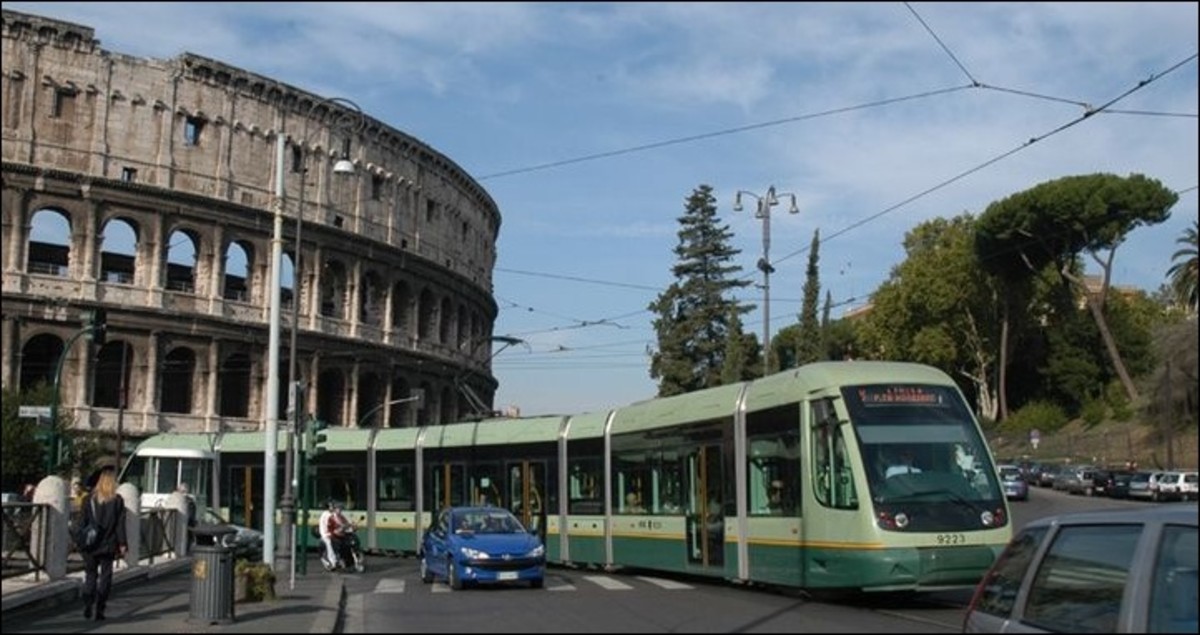Towered
Senior Member
Media Release
Statement from the City of Brampton on Metrolinx Hurontario LRT Procurement Announcement
Monday, Aug 26 2019
BRAMPTON, ON (August 26, 2019) – In a recent announcement by Infrastructure Ontario (IO) and Metrolinx, Mobilinx has been selected as the preferred proponent to design, build, finance, operate and maintain the Hurontario Light Rail Transit (HuLRT).
The City of Brampton has been working with Metrolinx and the City of Mississauga on the implementation of the Hurontario LRT from Port Credit GO to Steeles Avenue, near the Brampton Gateway Terminal. The Hurontario LRT will be an integral part of the regional transportation network and will provide residents and businesses in Brampton and the Greater Toronto and Hamilton Area with fast, reliable, convenient and integrated transit.
This is exciting news for the first phase of LRT, while staff continue to work on the second phase to bring LRT on Main Street to the Downtown Brampton GO station. Earlier this year, Metrolinx announced changes to the project and included provisions in the amended contract to adapt to future changes, including a potential extension into Brampton. The changes allowed for a future LRT extension north of Steeles Avenue to the Brampton GO station, which will be subject to further study and approvals.
The Hurontario LRT project is a key step in the City’s journey to Brampton 2040 Vision, where we are committed to making Brampton a Green City, as per the 2018-2022 Term of Council Priorities, by equalizing all forms of transportation.
Quote
“Efficient transit is one of the City’s key priorities as defined by our residents. We are happy to see this project move ahead and we continue to explore all the possibilities for Phase 2 that will bring a tunnelled LRT to Downtown Brampton GO.”
-Mayor Patrick Brown
-30-
Tunnelled, because Brampton "deserves" a subway, while surface LRT is good enough for Mississauga.

